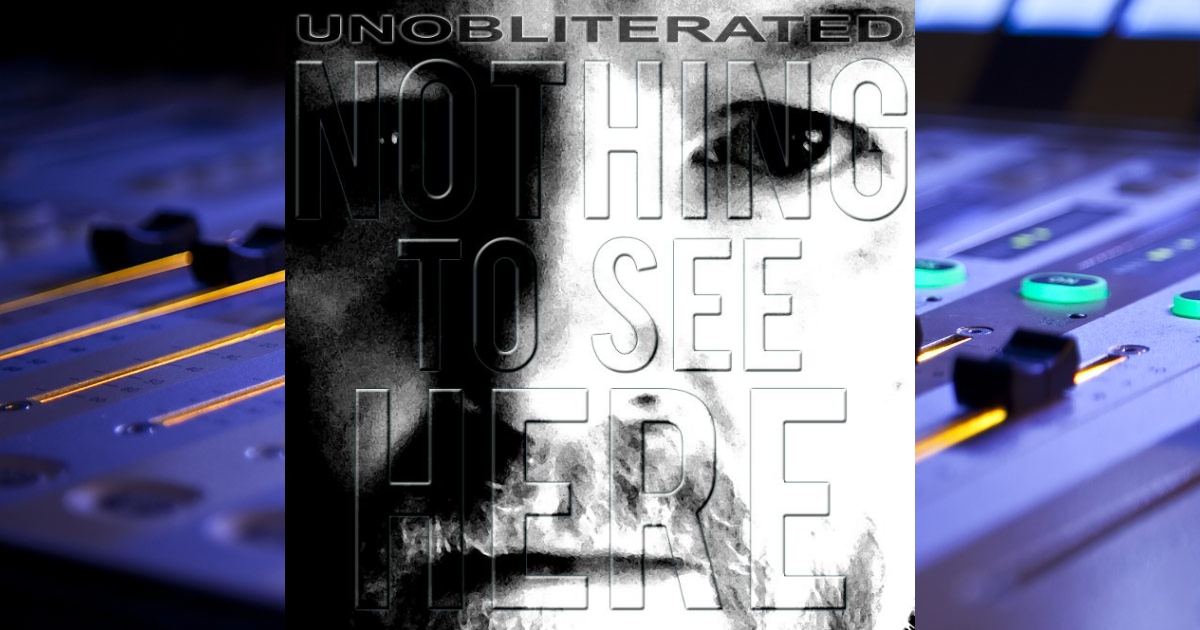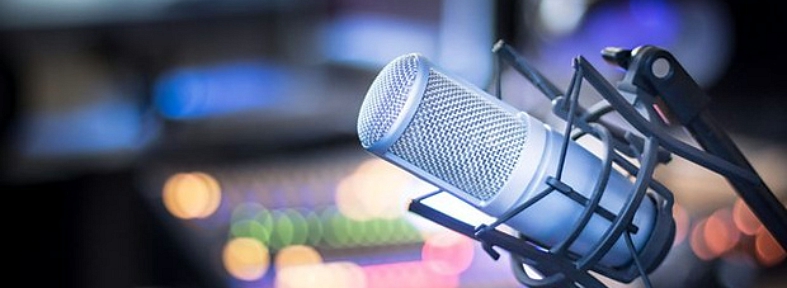Plagiarism is the unauthorized use of someone else’s ideas, words, images, or works, presenting them as one’s own. This can occur in various areas, such as literature, music, art, and the internet.
Types of Plagiarism
- Direct Plagiarism: copying text or work without changes, without citing the source. Examples include copying passages from books or articles without citing the author.
- Indirect Plagiarism: paraphrasing or summarizing ideas without citing the source. This can include rewriting a text in a way that appears original, but still uses the ideas or concepts of the original author.
- Idea Plagiarism: using someone else’s ideas or concepts without citing the source. This can include using theories or models developed by someone else without giving credit.
- Image Plagiarism: using images or graphics without permission or citation of the source. This can include using images from websites or image banks without permission.
- Code Plagiarism: copying programming code without permission or citation of the source. This can include using code snippets from other projects or repositories without giving credit.
Consequences of Plagiarism
- Loss of Credibility: plagiarism can damage a person’s or institution’s reputation and credibility.
- Legal Issues: plagiarism can lead to lawsuits and convictions for copyright infringement.
- Loss of Opportunities: plagiarism can affect a person’s academic or professional opportunities.
- Damage to Academic Integrity: plagiarism can compromise academic integrity and trust in academic work.
- Loss of Trust: plagiarism can lead to a loss of trust among colleagues, teachers, or clients.
Prevention of Plagiarism
- Cite Sources: always cite sources and give credit to original authors.
- Use Quotation Marks: use quotation marks to indicate direct quotes.
- Paraphrase: paraphrase ideas and concepts in an original way.
- Check Originality: check the originality of work before publishing it.
- Use Plagiarism Detection Tools: use plagiarism detection tools to identify potential cases of plagiarism.
- Education and Awareness: educate and raise awareness about plagiarism and its consequences.
Importance of Originality
- Respect for Copyright: respect copyright and intellectual property.
- Academic Integrity: maintain academic integrity and trust in academic work.
- Creativity and Innovation: foster creativity and innovation, avoiding copying and plagiarism.
- Development of Skills: develop research, analysis, and synthesis skills to create original work.
Tips to Avoid Plagiarism
- Conduct Research: conduct research and take notes, citing sources.
- Use Citation Tools: use citation tools to facilitate citing sources.
- Check Originality: check the originality of work before publishing it.
- Ask for Help: ask for help from teachers or colleagues if you have doubts about citation or originality.
- Be Transparent: be transparent about sources used and methods employed.
Plagiarism Detection Tools
- Turnitin: a popular tool for detecting plagiarism in academic work.
- Grammarly: a tool that helps detect plagiarism and improve writing.
- PlagScan: a tool that detects plagiarism in texts and documents.
Conclusion
Plagiarism is a serious issue that can have severe consequences. It is essential to respect copyright and intellectual property, and develop research and analysis skills to create original work. Preventing plagiarism is crucial to maintaining academic and professional integrity.












Plágio é o uso não autorizado de ideias, palavras, imagens ou obras de terceiros, apresentando-os como se fossem próprios, aplicável à literatura, música, arte e internet.
O artigo explica o que é plágio, os seus tipos principais e as consequências académicas, profissionais e legais, destacando a importância da originalidade e da citação correta.